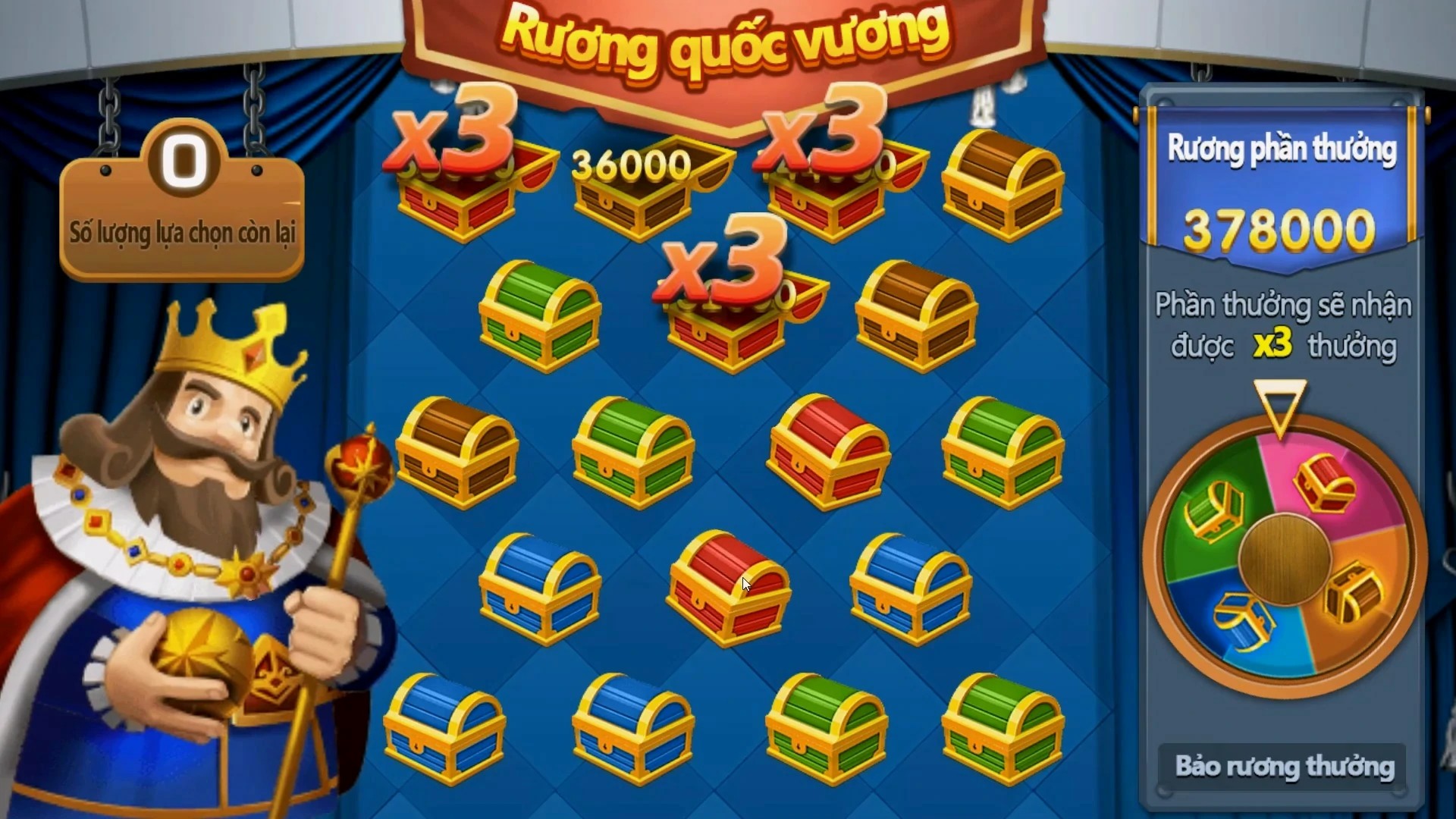Unlocking Fun and Learning: How Casual Games Can Transform into Effective Educational Tools
The Rise of Casual Games
In recent years, casual games have exploded in popularity, captivating players of all ages. From mobile apps to browser games, these light-hearted and easy-to-pick-up games have become a staple in modern entertainment. But beyond just providing fun, there’s a wave of exploration into how these games can also serve as powerful tools for education.
What Makes Casual Games Unique?
Casual games are designed for a broader audience, meaning they don’t require specialized skills or heavy time commitments. This accessibility is key in making them popular. With colorful graphics, straightforward mechanics, and short play sessions, they offer immediate gratification. But the question is, how can this model be harnessed for educational purposes?
Bridging Fun and Learning
Imagine a world where kids are excited to learn through gaming. This is where the concept of educational games comes into play, merging the captivating aspects of casual games with meaningful content. The appeal lies in their ability to make learning feel less like a chore and more like an adventure.
Examples of Educational Casual Games
- Kahoot! - A game-based learning platform where users can create quizzes and play while learning.
- Prodigy Math - A fun math game that allows students to solve math challenges to progress in the game.
- Duolingo - A language learning app that gamifies the process of learning through levels, points, and rewards.
The Science Behind Game-Based Learning
Research shows that when learners are engaged emotionally, they absorb information better. Casual games create an immersive environment that keeps learners invested. They can take risks in the game without real-world consequences, fostering a growth mindset.
Benefits of Casual Games in Education
Utilizing casual games in educational settings comes with numerous benefits:
- Engagement: Students are more likely to engage when learning feels like play.
- Immediate Feedback: Players receive instant responses to their actions, helping them learn from mistakes quickly.
- Gamified Learning Instances: Games can break down complex subjects into manageable pieces.
Pitfalls to Avoid
While casual games have great potential, there are also pitfalls that educators need to consider:
- Over-reliance: Dependency on games may lead to superficial learning.
- Distraction: The allure of the game might distract from educational goals.
- Equity Issues: Students from disadvantaged backgrounds might not have access to necessary technology.
Game Integration in Classroom Environments
With clear benefits and pitfalls, how can educators effectively integrate games into the curriculum? The approach must be thoughtful:
| Strategy | Description |
|---|---|
| Alignment with Curriculum | Ensure that the game content aligns with educational standards and learning objectives. |
| Blended Learning | Combine traditional teaching methods with game-based learning for optimal results. |
| Group Activities | Encourage collaboration by having students work in groups while playing educational games. |
Addressing Technical Issues
One common frustration students face is technical issues; for example, programs like CS GO keeps crashing when loading into match. These technical hiccups can lead to a disengaging experience. It’s crucial for educators to provide clear troubleshooting methods and ensure that systems are properly updated.
The Role of Parents
Parents play a significant role in supporting their children’s educational journey via games. Understanding how to properly supervise gaming while encouraging educational content is essential. Parents should:
- Engage in the gaming experience with their children.
- Set limits to ensure a healthy balance between play and other activities.
- Discuss the educational aspects of the games played.
The Future of Educational Gaming
As technology continues to advance, the potential for casual games in education grows. Integrating AI, virtual reality (VR), and augmented reality (AR) will bring more immersive learning experiences. The evolution is just beginning.
Conclusion
Casual games are no longer confined to simple entertainment; they represent a transformative opportunity in education. By marrying learning with fun, we can foster an environment that encourages curiosity and engagement. As we move forward, embracing this integration could lead to a remarkable shift in how education is perceived and delivered.



